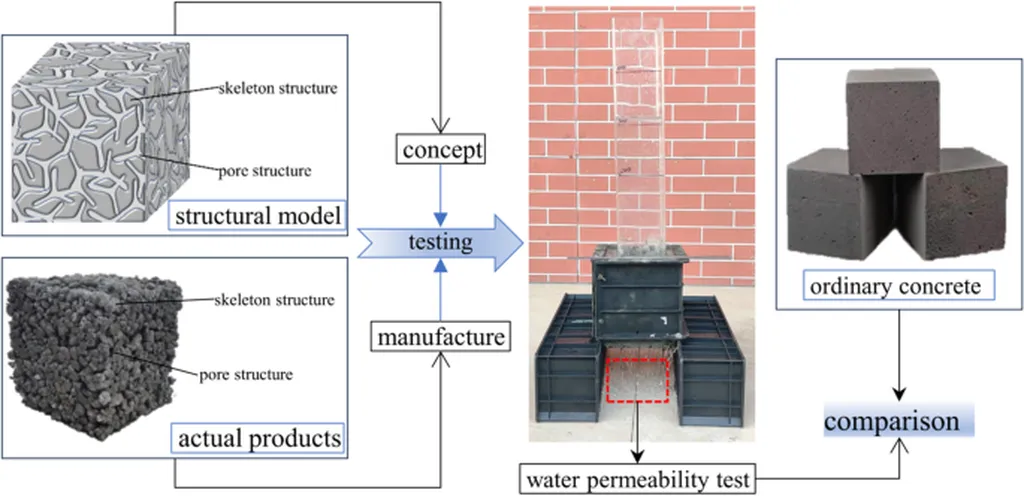In the quest for sustainable construction materials, a recent study has shed light on the potential of fine recycled aggregates (FRA) to enhance concrete properties, offering a promising avenue for the energy sector and beyond. The research, led by Ichebadu G. Amadi from the Department of Civil Engineering Technology at the University of Johannesburg, South Africa, delves into the physical, chemical, and mineralogical properties of FRA and their influence on both fresh and hardened concrete.
The study, published in ‘Results in Materials’ (which translates to ‘Results in Construction Materials’ in English), investigated four FRA fractions obtained from a single source of parent concrete. These were compared to two common South African fine natural aggregates (FNA) – dune sand and greywacke crusher sand. The findings reveal that while the FRA displayed less dense and porous adhered cement paste (ACP), the ACP consisted largely of hydrated cement phases, which were more concentrated in the finer (<0.15 mm) powder fractions. "This study provides a comprehensive understanding of the properties of fine recycled aggregates and their potential influence on concrete properties," said Amadi. "The phases in the ACP, such as Ca(OH)2 and C-S-H, react with CO2 during the carbonation of concrete to produce a buffering effect, while the C-S-H assists in chloride binding." The research suggests that the properties of the ACP can be optimized through synergistic reactivity between the chemical phases in the binder and the ACP. This optimization could improve the long-term mechanical and durability performance of new concrete, a significant development for the construction industry. For the energy sector, the implications are substantial. The use of FRA in concrete could lead to more sustainable and durable construction materials, reducing the environmental impact of energy infrastructure projects. As the world shifts towards greener energy solutions, the demand for sustainable construction materials is set to rise, making this research particularly timely. "The capacity of calcite, C-S-H, and AFt in the ACP to provide nucleation sites promotes hydration reactions in new concrete," Amadi explained. "This could lead to more efficient and effective use of materials, ultimately benefiting the energy sector and other industries." The study's findings could shape future developments in the field, encouraging further research into the use of recycled materials in construction. As the industry moves towards more sustainable practices, the insights provided by this research could prove invaluable. The potential for FRA to enhance concrete properties offers a glimpse into a future where recycled materials play a central role in construction, reducing waste and promoting sustainability. In conclusion, Amadi's research highlights the importance of understanding the properties of recycled materials and their potential applications. As the construction industry continues to evolve, the insights provided by this study could pave the way for more sustainable and efficient practices, benefiting not only the industry but also the environment.

